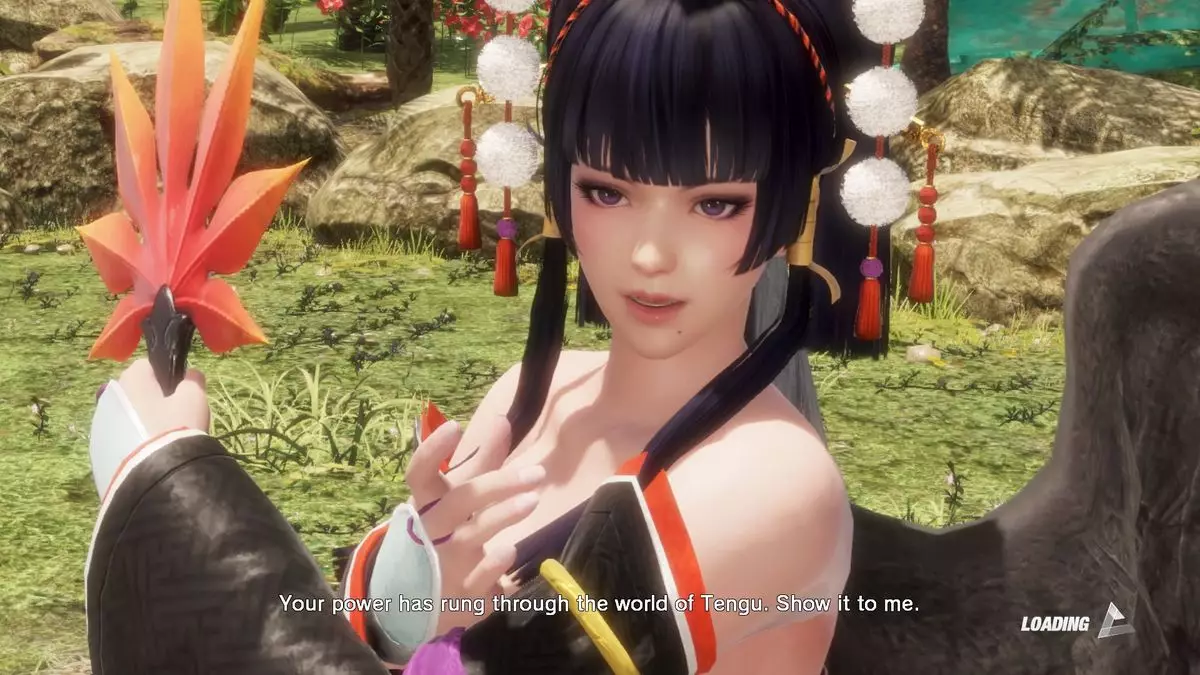In the vibrant world of gaming, fanart serves as a significant form of expression, allowing fans to engage creatively with characters and narratives they adore. However, the relationship between developers and artists can sometimes be fraught with tension, particularly when art veers into controversial territories. Koei Tecmo, the publisher behind the popular “Dead or Alive” franchise, exemplifies this complex dynamic. Recent discussions, particularly from the recent Tokyo esports Festa 2025, reveal the company’s nuanced stance on fan-created works while highlighting challenges encountered in regulating this passionate community.
Koei Tecmo’s Approach to Fan Art
Tomotoshi Nishimura, the general manager of legal affairs at Koei Tecmo, articulated the company’s philosophy, revealing a surprisingly open attitude towards fan creations. Koei Tecmo encourages fans to express their creativity and even allows some to monetize their art. This support is underscored by the company’s involvement in fan events like Comiket, a massive artist gathering where fanart and indie works are showcased and sold. Such initiatives reflect an understanding that the gaming community thrives on this kind of engagement.
However, the company draws a clear line when it comes to specific types of fanart that may risk the brand’s integrity. Despite acknowledging the enthusiasm behind fanart creation, Koei Tecmo enforces stringent policies, taking down roughly two to three thousand pieces annually. This vigilance raises questions about the balance between protecting intellectual property and allowing creative expression.
The Boundaries of Acceptable Fanart
The primary challenges identified by Nishimura involve fanart that incorporates unapproved alterations to characters, particularly pieces that lean towards adult themes. Given that characters in series like “Dead or Alive” could arguably be depicted in mature contexts, the company’s protective instincts seem rooted in a desire to maintain their reputation and brand identity. The notion of seeing characters “like daughters” introduces a complicated layer to their defense—they are not just pixels on a screen but representations the developers care for deeply. This perspective, however, could be seen as problematic as it contradicts the broader acceptance of artistic freedom often celebrated in fan communities.
Moreover, concern arises when fanart is based on unreleased games. The use of characters before their official introduction can lead to misrepresentation or spoil potential narrative arcs, prompting Koei Tecmo to act swiftly to protect their intellectual property, even at the risk of alienating a portion of their fanbase.
As the landscape of game fan communities continues to evolve, so too must the relationship between developers and fans. Koei Tecmo’s stance, marked by cautious encouragement and stringent enforcement, underscores the complexities at play in the intersection of creative passion and corporate interest. It serves as a reminder of the delicate balance between celebrating artistry and adhering to the principles of intellectual property rights. Moving forward, a dialogue that fosters greater understanding and collaboration could pave the way for richer interactions between fans and game developers, allowing creative expression to thrive within the boundaries set by those who create the worlds fans come to love.

